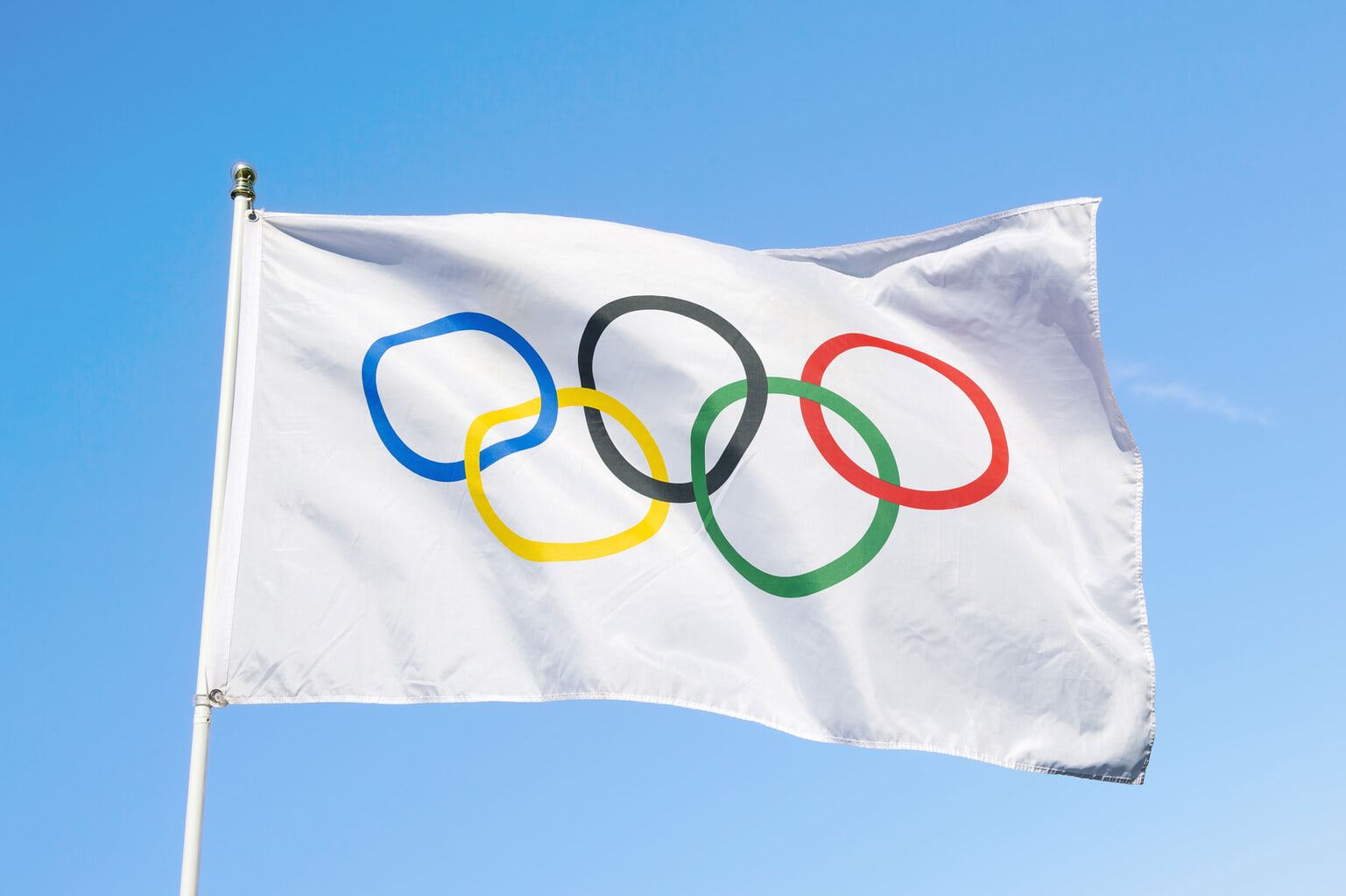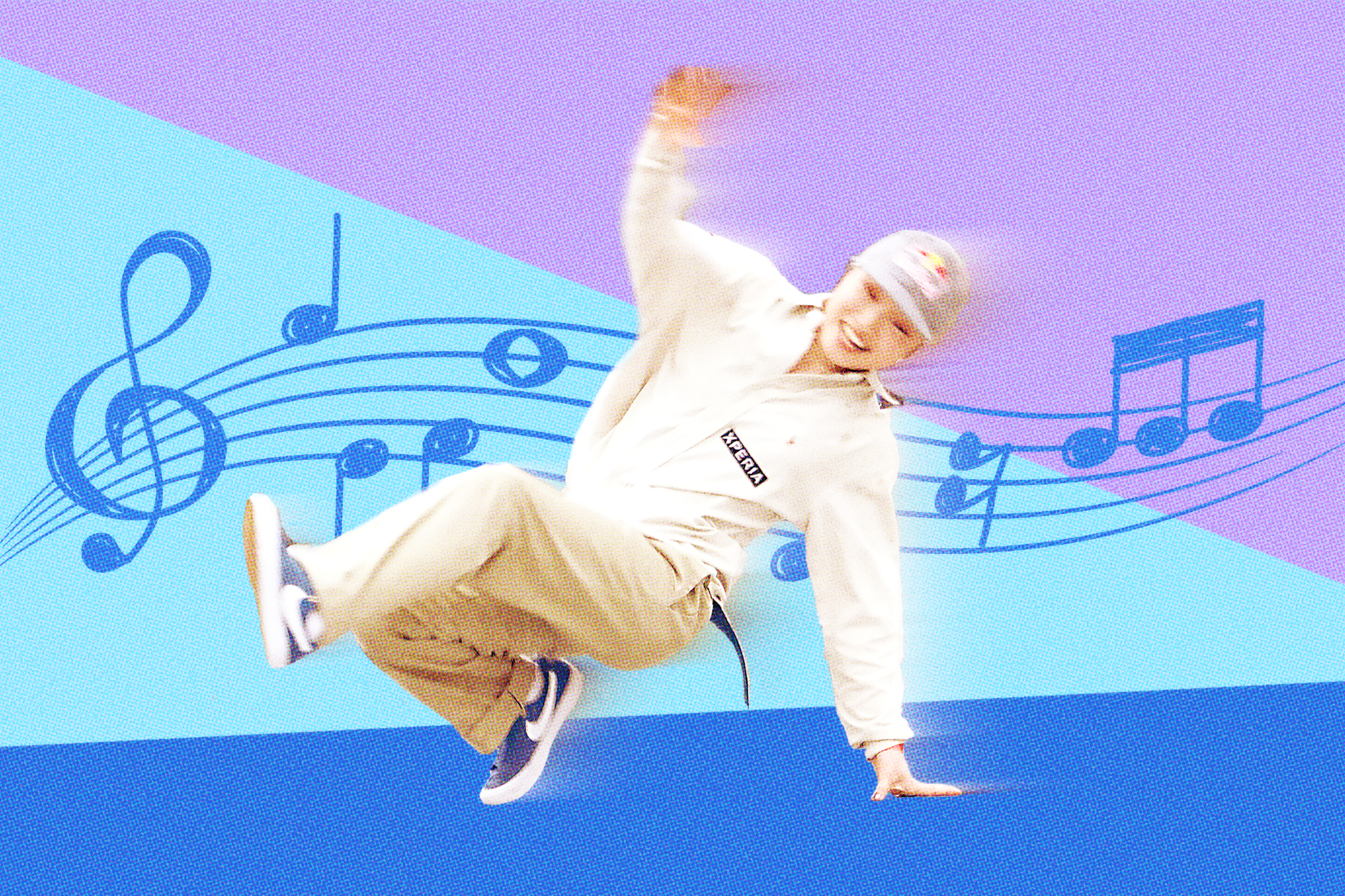A style of dancing developed by African American and Puerto Rican communities in New York in the 1970s, breaking (also known as breakdancing) is set to feature for the first time at this summer’s Olympics. Taking place on August 9 and 10, the event will see 16 B-boys and 16 B-girls competing in face-to-face battles. Hoping to be among them is Ami Yuasa. A two-time world champion known mononymously as Ami, she is seen as one of Japan’s best medal prospects in Paris, providing she qualifies.
Ami Yuasa’s Background
Raised in Saitama, Ami started dancing to hip-hop music when she was just 6 after being introduced to the genre by her sister, Ayu. Four years later, she started breakdancing with the aim of accomplishing a windmill — a signature break move that involves rolling one’s torso in a circular path while also twirling one’s legs in the air in an extended V-shape. According to her first teacher, Ami cried after failing to achieve it in her first lesson. A week later, she nailed it.
During her school days, Ami traveled to Mizonokuchi Station, around two hours from her home in Saitama, to practice breaking with B-boys. Some people wouldn’t turn up until 11 p.m., meaning that if she stayed, there was no chance of getting back home by train. That’s where her mother came in, dropping Ami off, returning home, going to work and then coming back to pick her up. “I think when I was in elementary school and junior high school, my mom didn’t sleep so much,” said the breakdancer in an interview with Red Bull.
Rise to the Top
Ami’s relentless training regime paid off. In Switzerland in 2018, she made history, winning the first ever invitation-only Red Bull BC One title, defeating France’s Andrea Mondoloni (stage name San Andrea) in the final. Things got even better the following year when Ami won the WDSF World Breaking Championship in China, defeating Sunny Choi from the US in all four rounds in the final. The competition attracted lots of media attention as it was the first time the event had been held since the announcement of the provisional inclusion of breakdancing at the Olympics.
The Saitama-native failed to defend her crown in Paris two years later, losing in the final to 40-year-old compatriot Ayumi Fukushima. She reclaimed the title in Seoul in 2022, though, beating China’s Liu Qingyi, and that same year, won the Word Games. Things didn’t go as well in 2023, with Ami finishing a disappointing 10th at the World’s in Leuven, Belgium. The competition was won by Dominika Banevič (Nicka) from Lithuania, who booked her place at the Paris Games as a result.

Qualification for Paris
Another setback for Ami came at the Asian Games — also an Olympic qualifying event — where she had to settle for a silver medal after losing in the final to Qingyi. It means she’ll have to take part in the Olympic Qualifier Series in Shanghai and Budapest later this year. With one spot going to the host nation, one to the current world champion, five to continental champions and two invitational places, there are seven B-girl spots up for grabs in the qualifiers.
A nation can only send a maximum of four breakdancers (two B-boys and two B-girls). Some talented Japanese competitors will, therefore, miss out. As well as Ami and Ayumi, names like Riko Tsuhako and Ayane Nakarai are also considered strong contenders. In the B-boys competition, Shigeyuki Nakarai (Shigekix) has already booked his place in Paris after winning last year’s Asian Games. A bronze medalist at the World Games in 2022, he’ll be among the favorites for gold in France. Other Japanese male breakdancers looking to join him include Isshin Hishikawa and Toa Matano.









